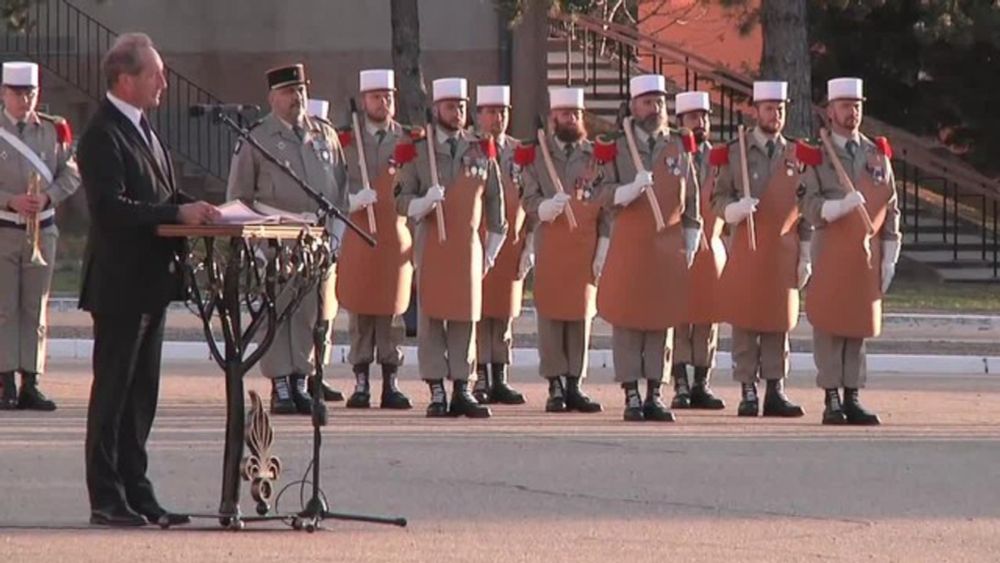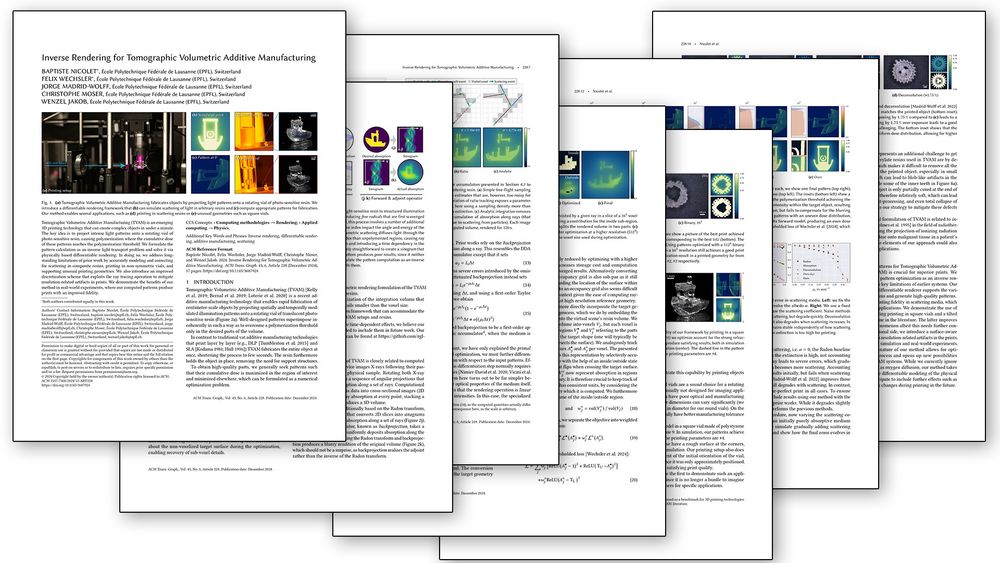This only counts deaths though, would be interesting to have a figure counting lasting physical and psychological injuries.

This only counts deaths though, would be interesting to have a figure counting lasting physical and psychological injuries.
We release an open-source software, Dr.TVAM, which can be easily installed via pip. Please see the [documentation](drtvam.readthedocs.io) and our [paper](rgl.epfl.ch/publications...) for more details.

We release an open-source software, Dr.TVAM, which can be easily installed via pip. Please see the [documentation](drtvam.readthedocs.io) and our [paper](rgl.epfl.ch/publications...) for more details.




